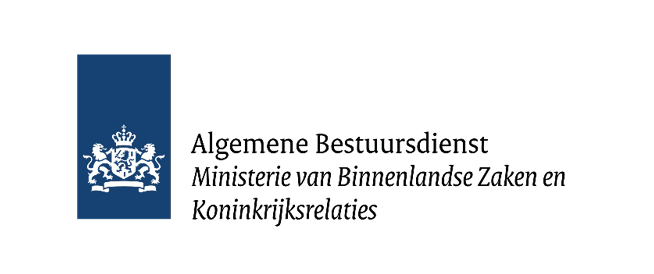Knowledge centre

Organisational systems as a guiding force
How dynamics and patterns from the organisational system lead teams and companies
Organisational systems form the invisible basis of every organisation – just like in any other system, from family to society. They largely determine the extent of which an organisation can flow and develop or block. Having an understanding of systems therefore provides valuable knowledge to leaders in any organisation.
What are organisational systems?
Every organisation consists of many systems. A function is part of a team. A team is part of a department. A department is part of a business unit, and so on. A system is always part of a larger system.
Every system has its own rules and dynamics, subconsciously created in the past, which determine how the system functions. We call this system layer the ‘undercurrent’. The undercurrent can draw attention to the system through a variety of manifestations. For instance, there is resistance or fear in the organisation and despite all best efforts, this proves impossible to change. There is unusually high absenteeism. A merger or just saying goodbye does not ‘work’. Patterns in certain functions keep recurring.
In all cases, the system calls attention to something in the undercurrent that wants to be seen. Because systems want to be complete, nothing must remain unseen. In the absence of attention to that which wants attention, the system will create its own solution. So, with every problem in the organisational system, from a systemic perspective, we ask: what is this problem a solution for?
Dynamics and patterns within the organisational system
Systems have conscious and subconscious mechanisms that are influenced by evolutionary life forces. The dynamics within the system help the system survive. They do so through patterns, which are formed by the functioning of the conscience of the system. That conscience ensures that a system can continue as a complete whole.
Patterns are therefore subconscious solutions of a system. They exist independently of individuals, if necessary at the expense of individuals. Individuals come and go, but patterns can go on for years.
Very often, patterns are useful and helpful for a while. They provide stability and continuity. Until the patterns begin to pinch or impair progress.
Causes of patterns within the organisational system
Patterns are generally brought to life because something or someone is excluded, because of an unresolved debt or because the order has been disrupted.
The order is disrupted
An organisation thrives when each person, function, team, department and business unit has a reliable, clear place in the organisation’s framework. And for the organisation itself, the order asks: what leading principle and therefore what right to exist does the organisation have?
All the energy that goes into asking ‘where do we belong in the framework’ cannot be used for exchange, productivity and therefore systemic turnover.
Something is not allowed to exist
When something or someone is excluded or when there is an unresolved debt, this will keep demanding attention via the system. What you fight or put away comes back to you via a diversion. In the non-recognition, the hiding away of an unwanted or painful situation, patterns may actually emerge to remind the system of that event.
Change therefore starts with acknowledging reality. This turns out to be one of the most healing moves in systems.
Recognise and acknowledge the organisational system
To work with the organisational system, you first need to understand why the system functions the way it does. This requires you to open up to the subconscious system dynamics. These reveal what still needs to be recognised and given a place before other movements can occur.
Recognising and acknowledging patterns and dynamics requires a phenomenological, non-judgemental view that gives space to the whole – not just to the employee who is unable to find their way or the department that has been in resistance since the merger. The systemic view focuses on the team, the department, the organisation, its origins and perhaps even more than that.
A systemic facilitator can guide organisations in this with an organisational constellation or coaching session. And leaders themselves can bring a systemic view to their leadership.
The value of systemic insight for organisations
By zooming out to larger wholes and also to the origins and history of an organisation, the systemic view provides clarity on what, for example, resistance is trying to bring into focus. This allows you to create space at a completely different layer for a different movement in a situation that did not wish to change.
You can also explore what consequences changes will have or what conditions need to be met to implement changes properly. If a department or company is going to merge, what conditions should we not forget? How do we bring more unity to the organisation for making future decisions, such as introducing a new product or changing policies? How do we properly say goodbye to a department or employee? How do we launch a new product or new logo?
The systemic perspective can coexist with all existing management models, business structures and organisational plans. It is not either/or. It is and/and. When you can make systemic insights tangible and let people within the organisation experience patterns and insights, you will find that understanding organisational systems is a valuable addition to everything you already know.
Systemic Business School
Systemic Business School gives leaders completely new tools for their leadership style. When you work from the connectedness of the whole, you will find it easier and more enjoyable to achieve your goals, together with your team and organization. Systemic leadership helps you to continue your journey as a leader with inspiration and energy.



















